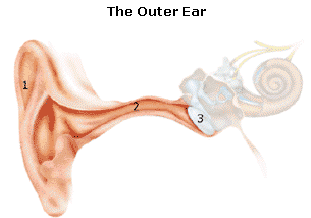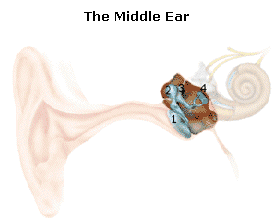At Emory Audiology, we believe education is vital to your hearing health. We answer your questions and explain your condition so you can better manage your care.
Your ears consist of three main parts:
- Outer ear
- Middle ear
- Inner ear

At Emory Audiology, we believe education is vital to your hearing health. We answer your questions and explain your condition so you can better manage your care.
Your ears consist of three main parts:
 The visible part of your outer ear is called the pinna or auricle. It collects sound waves and moves them into your ear canal. This makes the sound louder. The sound waves then travel toward your eardrum located at the end of the ear canal. When the sound waves reach your eardrum, it vibrates – just like when you hit a real drum.
The visible part of your outer ear is called the pinna or auricle. It collects sound waves and moves them into your ear canal. This makes the sound louder. The sound waves then travel toward your eardrum located at the end of the ear canal. When the sound waves reach your eardrum, it vibrates – just like when you hit a real drum. The vibrations from the eardrum pass into your middle ear. Your middle ear contains the smallest bones in your body:
The vibrations from the eardrum pass into your middle ear. Your middle ear contains the smallest bones in your body:
The sound vibrations pass through a membrane called the oval window into fluid in your inner ear. Your eustachian tube is at the bottom of your middle ear. It connects to the back of your nose and controls the air pressure in your ear.
 along your auditory nerve to your brain. Your brain then interprets these signals as sound.
along your auditory nerve to your brain. Your brain then interprets these signals as sound.To prevent hearing loss, you should protect your hearing from loud noises.
Sound is measured in decibels (dB). Normal conversation is typically about 65 dB. City traffic measures roughly 85 dB and a motorcycle engine is around 95 dB. Prolonged exposure to loud noises often causes hearing loss. The louder the sound, the faster it damages your hearing.
To protect your hearing:
